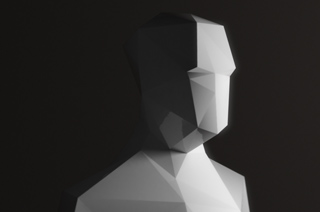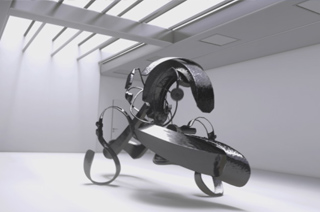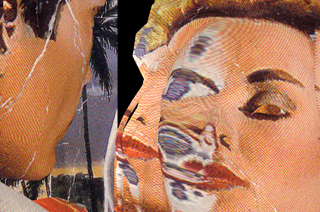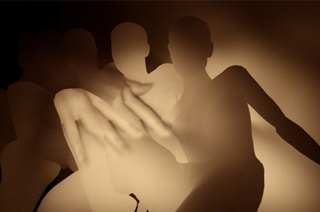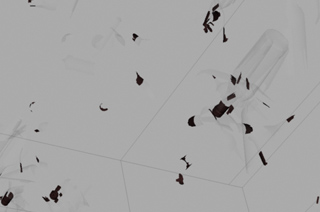BOOLEAN NATURE
Boolean nature. Rock. 2008. 3d image in 80 cm x 120 cm format. / 3D printed sculpture. Boolean nature. Sea. 2008. 3d image in 80 cm x 120 cm format. / 3D printed sculpture. Boolean nature. Iceberg. 2008. 3d image in 80 cm x 120 cm format. / 3D printed sculptureLook at the making of. Boolean nature. Sea. 2008. Previzualisation. Sculpture created using a prototyping technique. Size: 15 cm in diameter.
” More often than not, (the) natural is the artificial of yesterday.
We are so accustomed to it that we believe it to be the “original” or first.
The “countryside” demonstrates this well: the boundaries of the forest, the parallel strips of cultivated fields,
the various paths, nothing fails to display the mark of man; likewise, have plants not been selected, improved, cross-fertilised?
The supposedly natural is sickly, stunted, while the cultivated strikes us by its size or its exuberance. Nature is once again ‘our creation’.”
François Dagognet.
The concept of nature evolves with our perception. Virtual images are now coming to trample on and erode the “supposedly natural”.
An impoverished version that is nonetheless so appealing.
Recreating nature in 3D. An absurd idea?
Yes, an absurd idea, but an idea of our time.
As I have already explained, capturing the real is very expensive and today, in some cases it is becoming cheaper to reproduce nature in 3D.
Reality is no longer cheap enough.
A synthetic nature is gradually replacing it.
In logic and computer programming, a Boolean operator is a type of variable between two states. In computer-generated imagery, Boolean operations enable us to subtract, add or create an intersection between two objects.
In this series I subtract a sphere from a landscape. The latter becomes hollow. It is sterile, it lacks something, the breath of life.
It is a morbid image: a Boolean nature.
A sculpture completes the image by representing the missing part.
The sum of the image and the sculpture forms the landscape in its entirety.
Beyond the power of fascination of the reproduction of the real by computer-generated images, I wish to reflect on the representation by current images of the world and its derealisation.
They talked about it:
Rhizome
I like this art
Digitalized natiure on Dresslab
I Heart Photography
Archive, Image, Sculpture, 2007

























